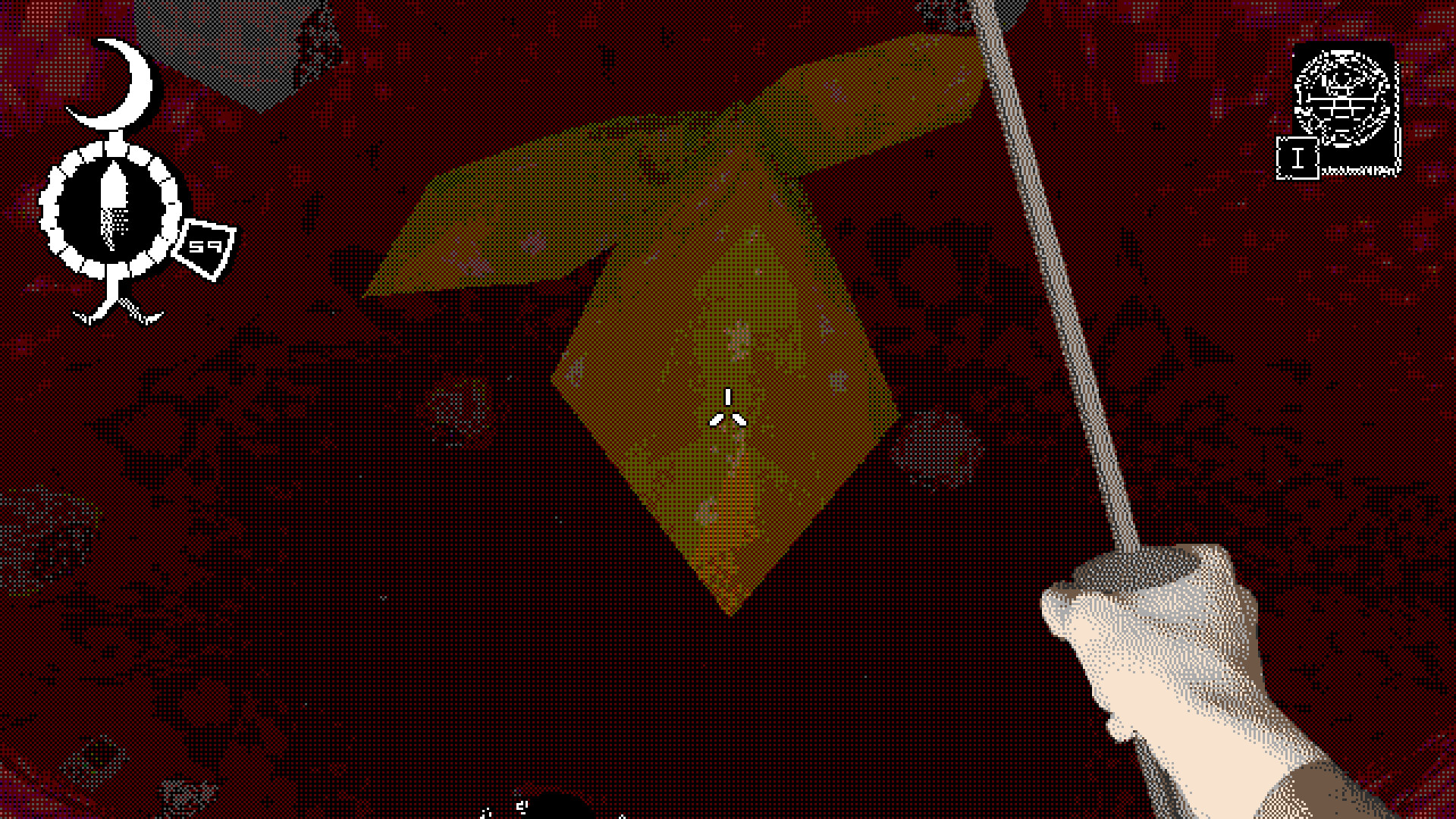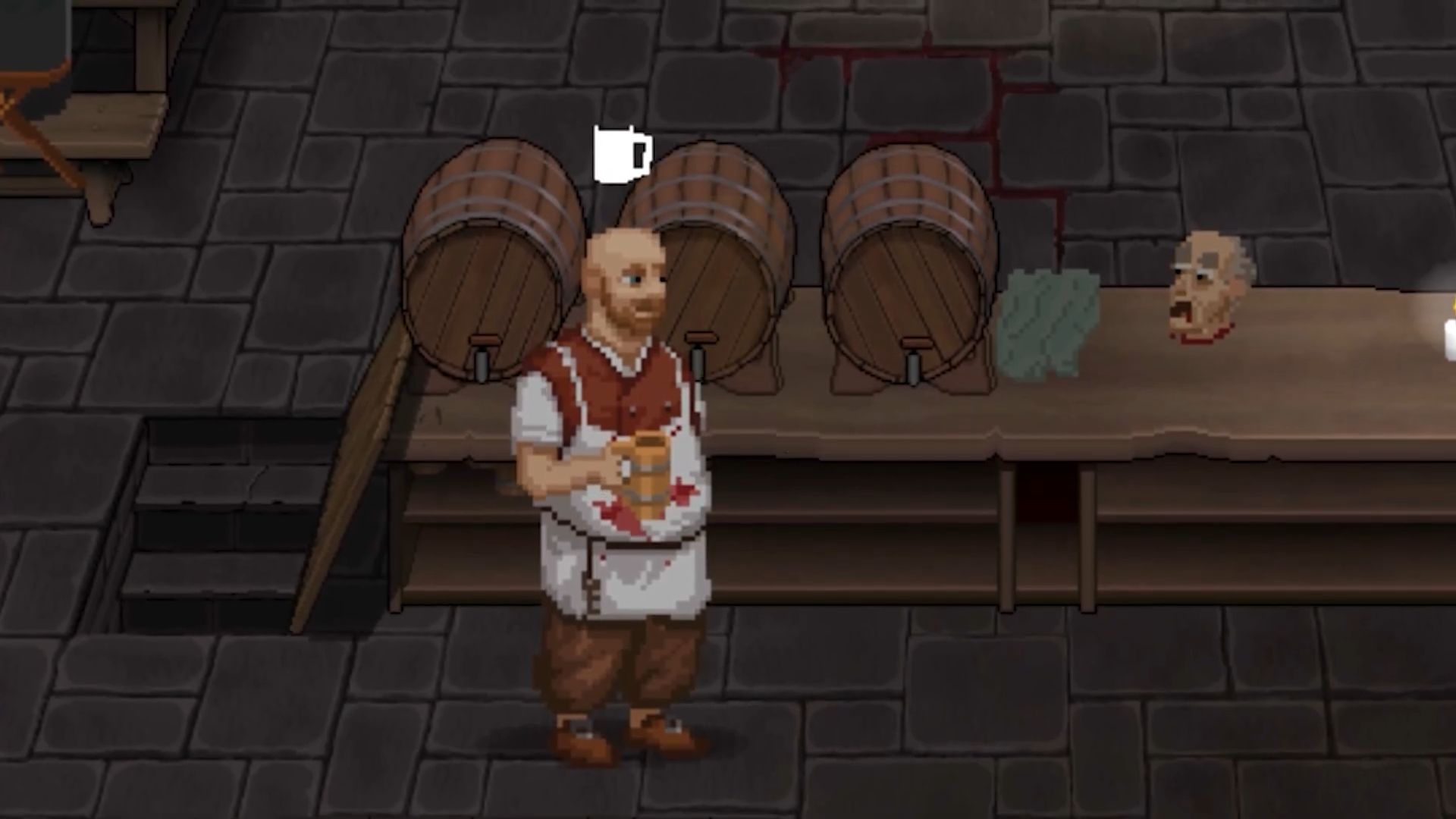
In keeping with HAL Laboratory’s philosophy, Kirby games have gained a reputation as fun and approachable for the entire family. They’re full of cleverly hidden collectibles and the occasional biblically-accurate angel of a final boss to challenge folks who want something tricky, but you can also finish them easily enough with a kid riding shotgun as Waddle Dee. But maintaining the challenge and the approachability can be a difficult balance, perhaps as demonstrated in Kirby and the Forgotten Land.
Kirby franchise director Shinya Kumazaki tells me at the Game Developers Conference last week that he himself of a player of difficult games, and has his own personal standards of what’s fun and what’s not in terms of difficulty. But Kumazaki isn’t working with his own standards when designing Kirby games: Kirby is fundamentally intended to be extremely approachable for everyone, so you can’t expect it to be like a Dark Souls game.
But that doesn’t mean they’re devoid of challenge, Kumazaki continues. HAL wants to make sure more skilled players are still rewarded – Kirby’s for everyone. Not just skilled gamers, but not just newcomers, either.
“When you’re thinking about maybe your childhood experience playing video games, there might have been games where you just feel like it’s impossible to beat because it’s so difficult,” he says. “And I think the idea is that to be able to provide something that you can enter easily and is approachable, but also provide that sense of achievement in that you might have an experience where you’re playing a game as a younger self, or even now. There comes a moment when you achieve something or you did something and you’re like, ‘Okay, I can get it now. I did it.’ And that sense of achievement is as a result of the person playing the game – their skill level is going up, and also becoming used to how to play that game.”
The top of the wall
For Kirby then, Kumazaki says the team wants to create a slow, gradual increase of difficulty – but with a spike at the end so “there’s this kind of wall that you can challenge.” At the top of the wall, he says, it a sense of achievement, whether you’re playing alone or with others.
That said, while Kumazaki is proud of what the team did to make Forgotten Land approachable, he admits that maybe the final boss could have been just a bit too difficult to meet their standards.
“For the first time in the Kirby series, we provided two different difficulty levels to really try to also provide an option for the experienced gamer audience to get a more fulfilling gameplay experience. And I think we were able to do that. But perhaps the steep uphill curve towards the end of the game, especially the final boss, might’ve been something that’s maybe slightly too steep, and perhaps we can look into maybe balancing it out a little bit. That’s something that I want to continue to explore.”
We also spoke to Kumazaki and Tatsuya Kamiyama about how Kirby and the Forgotten Land was a “Breath of the Wild moment” for the Kirby franchise, as well as whether or not we might see more remakes of Kirby games like Kirby’s Return to Dream Land Deluxe.
Rebekah Valentine is a news reporter for IGN. You can find her on Twitter @duckvalentine.





